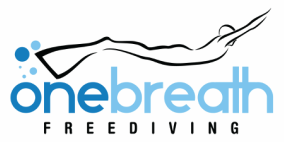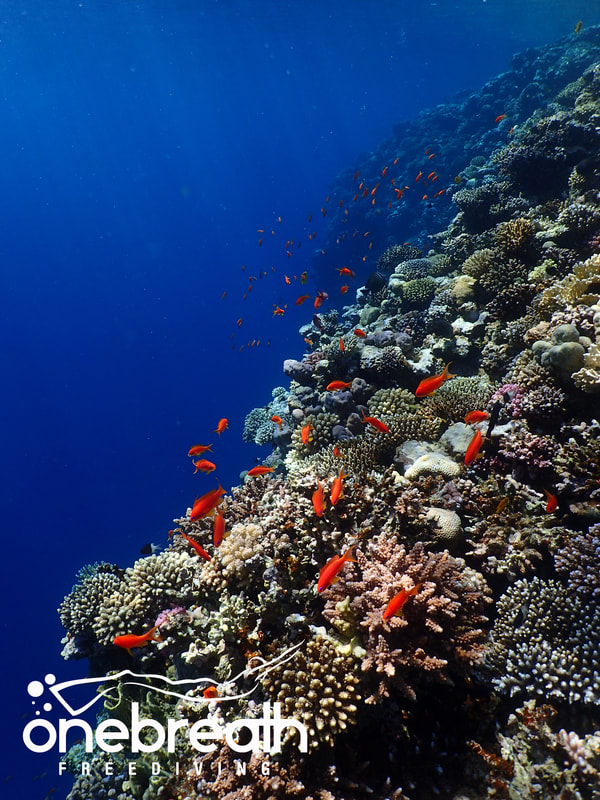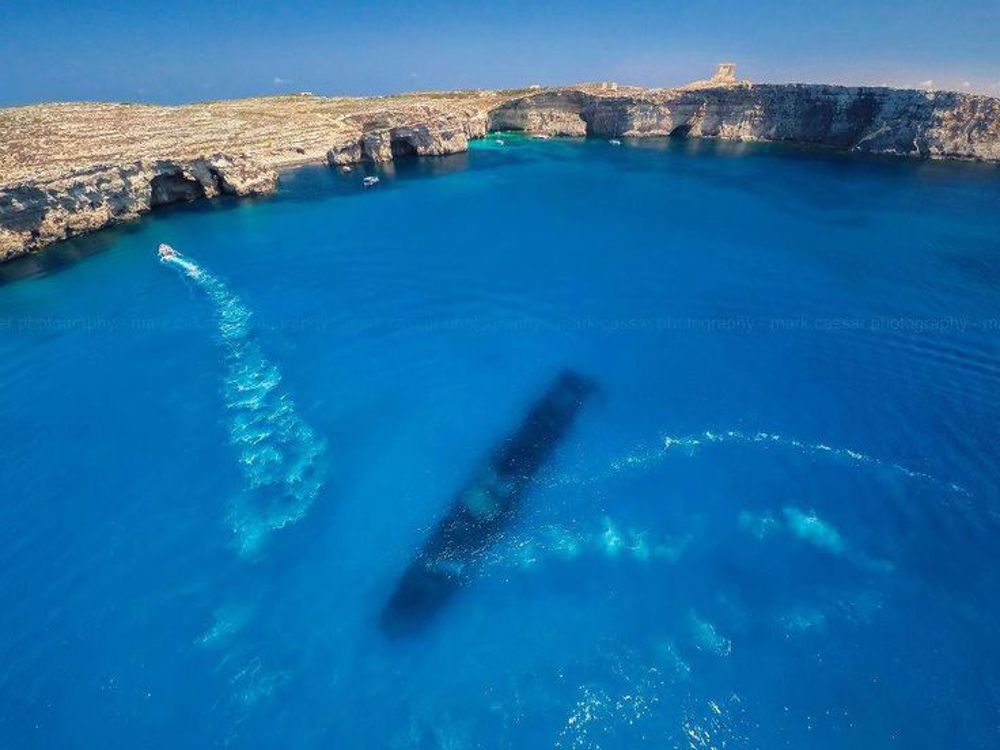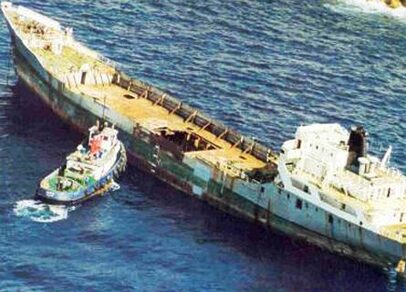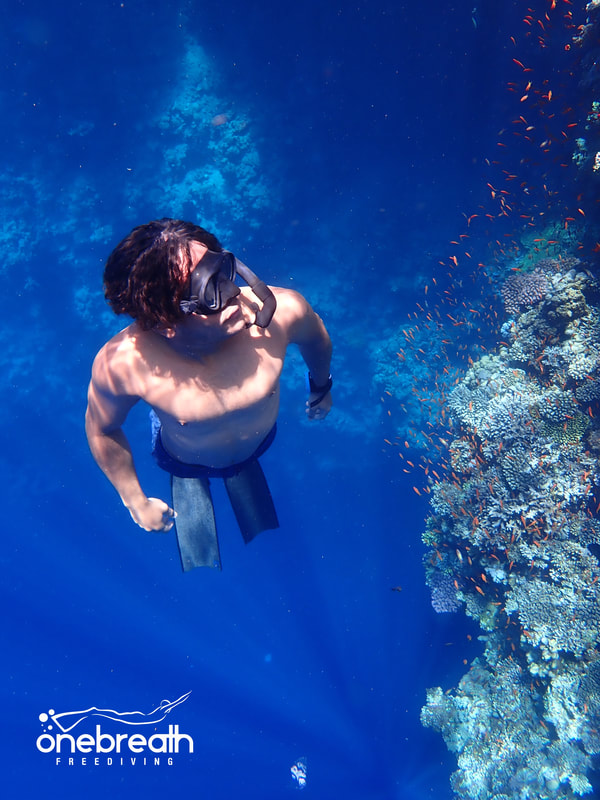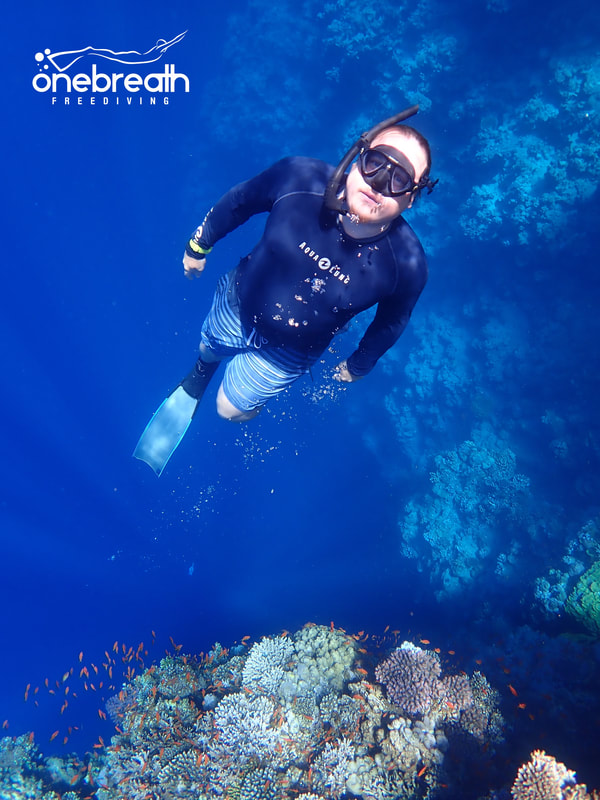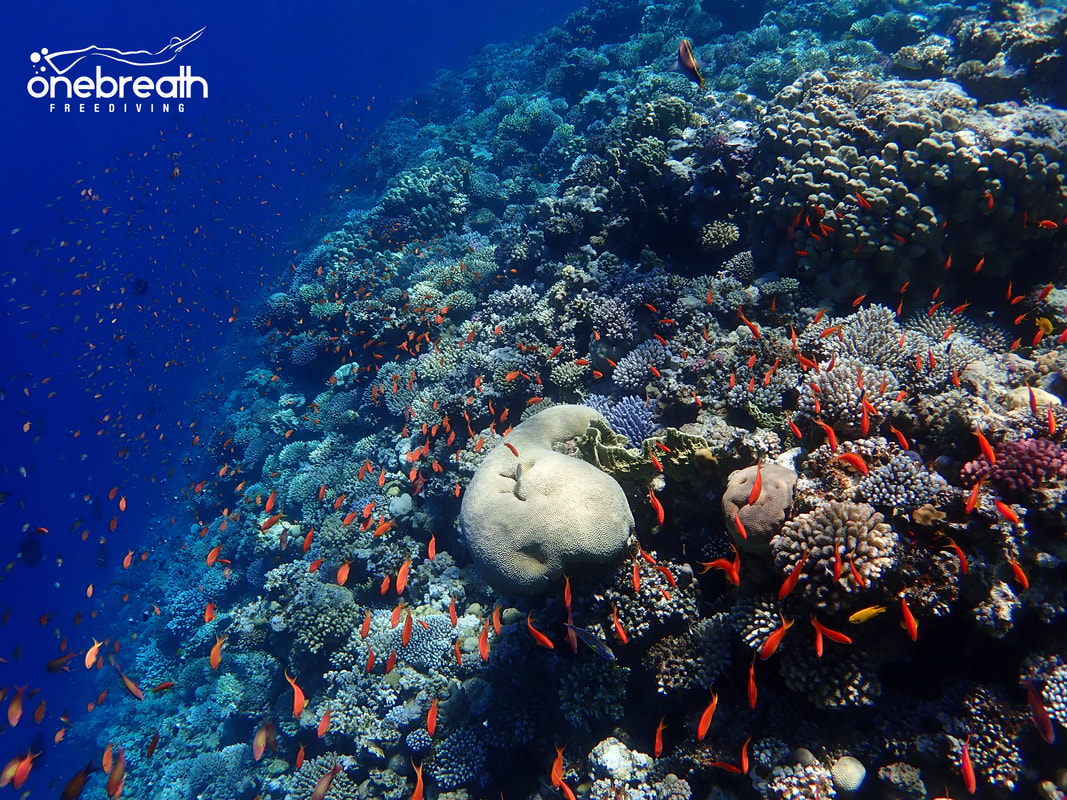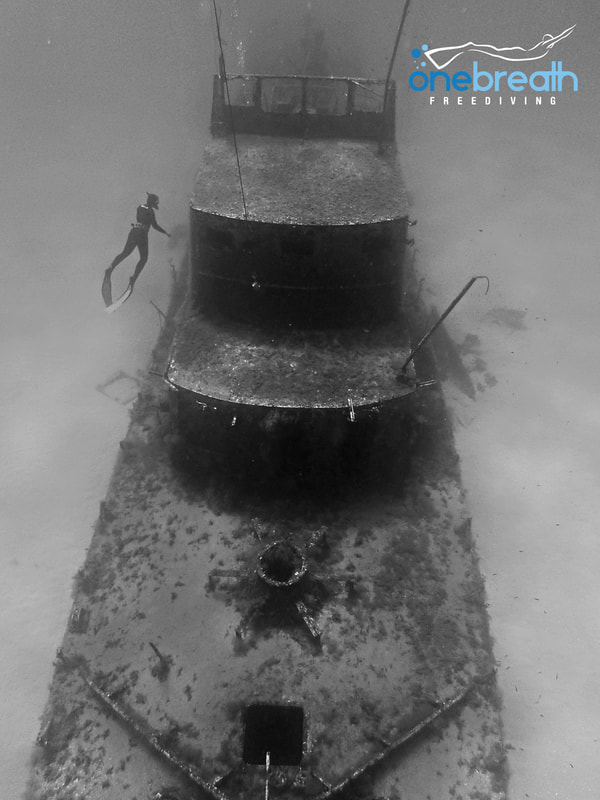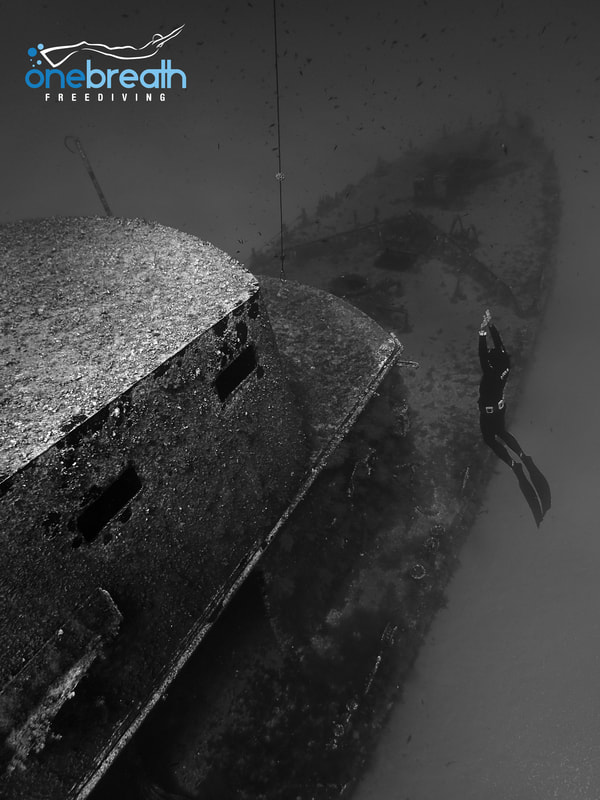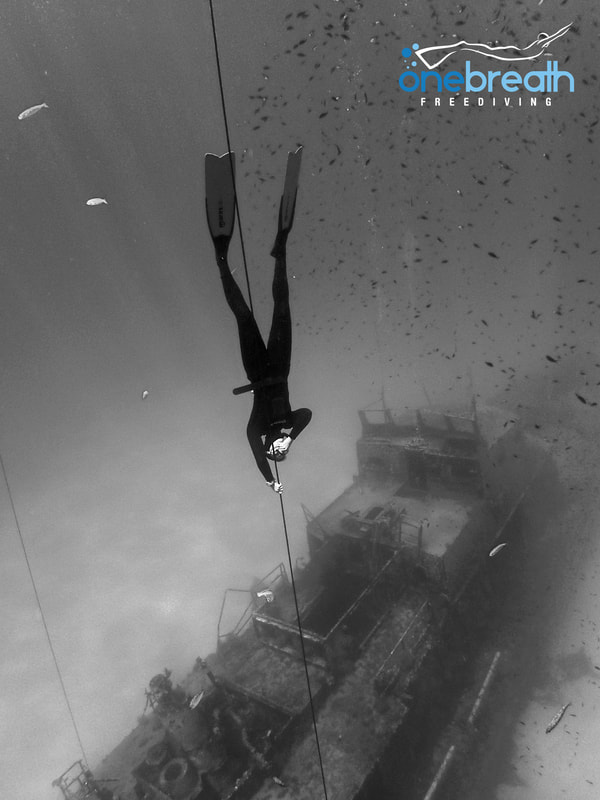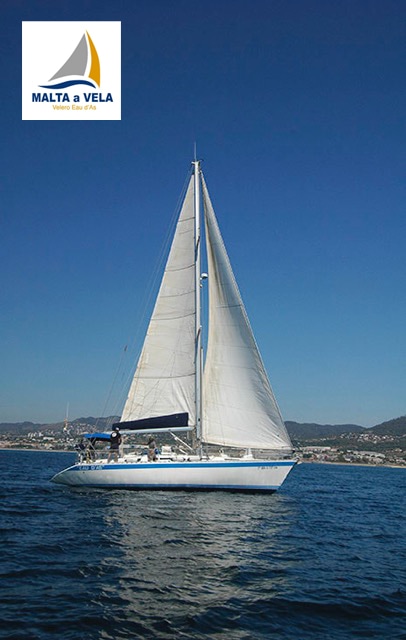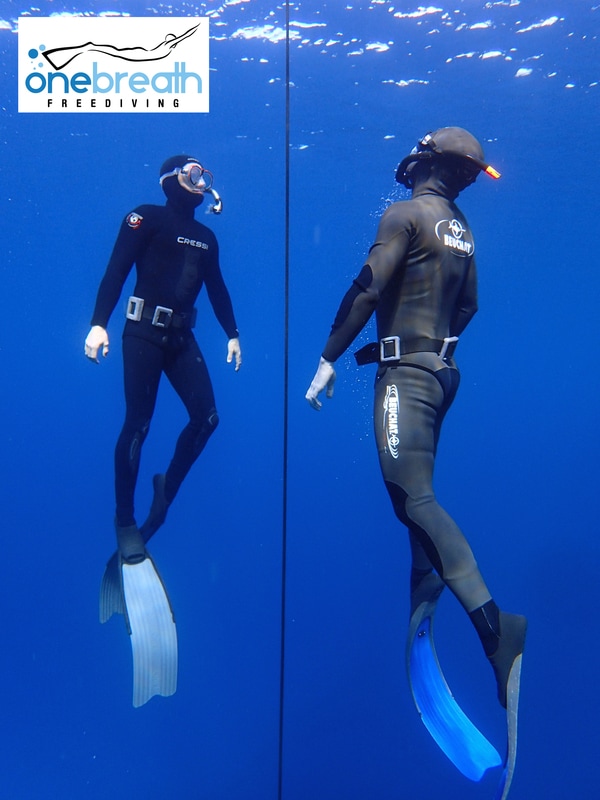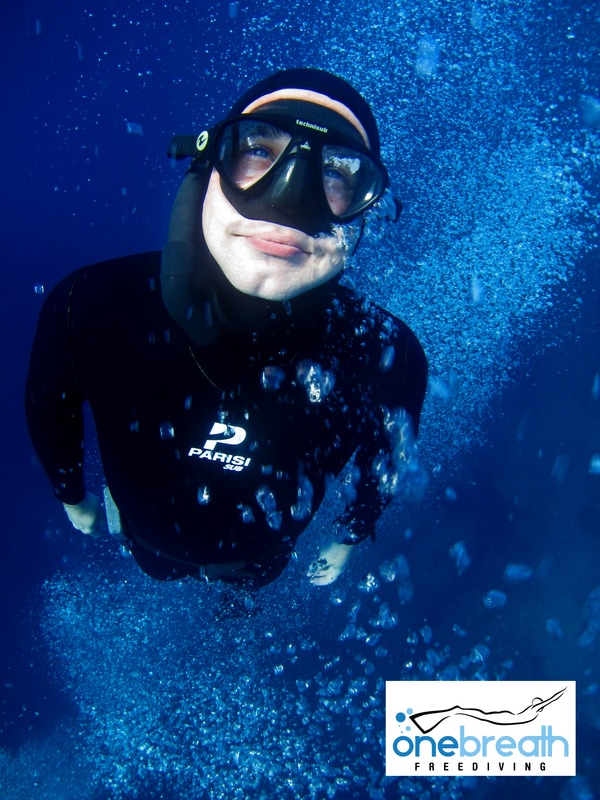I am writing a little bit about my own observations with 5 of my favourite marine life, all of which can be found by freedivers and snorkellers around Dahab and other parts of the Red Sea.
Click the highlighted links for more detailed descriptions and video footage.
1) Clownfish (INFO):
Made famous from the movie 'Finding Nemo', the clownfish can always be found close to its host anemone with which it has a symbiotic relationship. Super cute in appearance (there are a number of colours and varieties), however, they will get agitated and even 'charge' a diver who gets too close to their anemone home (where they might be raising a juvenile). Their group hierarchy and parenting information is very interesting and well worth a read!
2) Crocodile Fish (INFO)
De Beaufort's Flathead, to give it its full name! Though as you will see, when in their natural habitat of lying in wait for prey on the sand, they appear just like a crocodile. They are related to scorpionfish, stone fish and even lion fish and are similar ambush predators. Not massively common in Dahab, but a lovely to see one up close if you get the opportunity.
3) Turtle (INFO)
Egypt has a few species of sea turtle along its Red Sea coast, most commonly Green Turtle and Hawksbill Turtle. The info guide linked above will give the specifics of spotting the difference between the two. If you are lucky we could see a turtle at Lighthouse bay while line training, commonly cruising past majestically and surprisingly speedily. This is a real treat!
4) Napoleon Fish (INFO)
AKA Humphead wrasse this fish can grow up to 2m in length and weigh 180kg. The first time I saw one from a distance from above I thought it was a shark! They are a beautiful green or green-blue colour with the distinctive humped head especially distinctive on larger adults, although the ones seen closer to the reef in shallow water are usually juveniles.
5) Sea Goldie (INFO)
This is the fish you see in abundance on photographs of coral reef, a distinctive orange colour and will dart into the protective cover of reef outcrops if startled or threatened. Only 7-15cm long the Red Sea variety spawn in the winter months of December to February. This little fish really gives a lot of colour to the reef and look stunning as a school against a backdrop of blue sea
